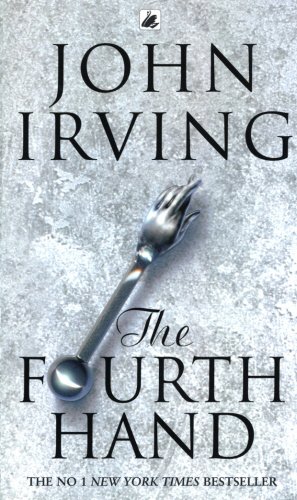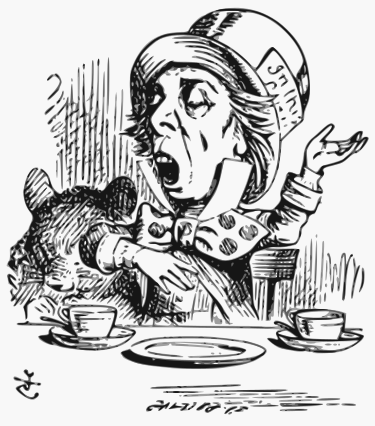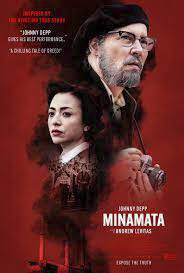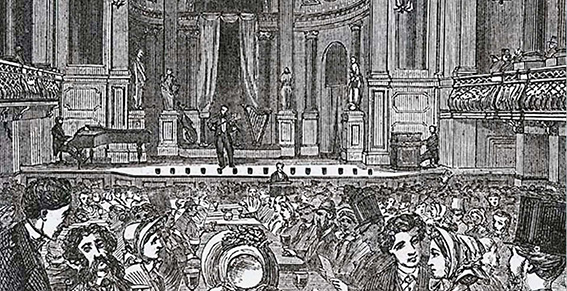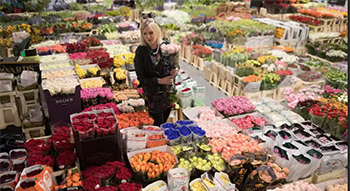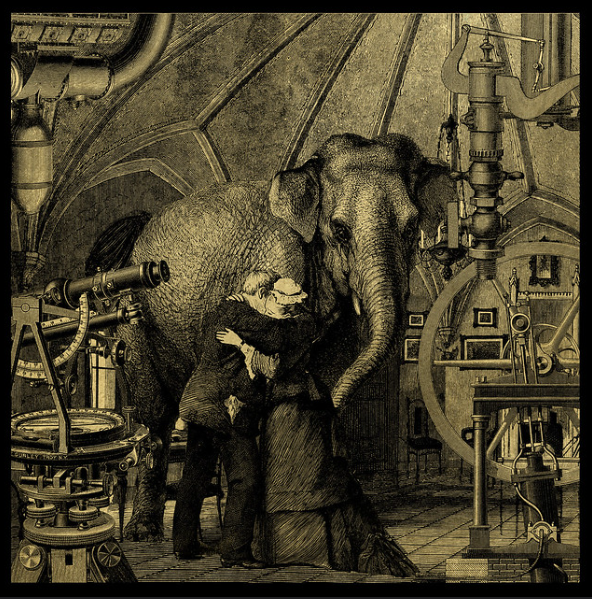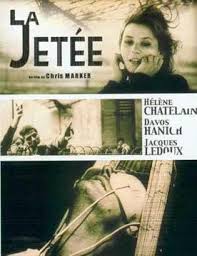Six Degrees of Separation is an excuse to peruse six favourite books linked to an initial offering by our host KateW and eventually link them back to the beginning. Kate W offers us big themes in her choices and since I have been participating, these have included – being adrift in Time, Friendship, Memory, and Romance. This month we have the biographical Wifedom and the theme for me will be that of wives albeit mainly fictional examples – also, three of the books have been adapted for screen…

I have not read Wifedom (as is usually the case with Kate W’s suggestions) but I would like to after reading what Amazon has to say about the book. – At the end of summer 2017, Anna Funder found herself at a moment of peak overload. Family obligations and household responsibilities were crushing her soul and taking her away from her writing deadlines. She needed help, and George Orwell came to her rescue.
“I’ve always loved Orwell,” Funder writes, “his self-deprecating humour, his laser vision about how power works, and who it works on.” So after rereading and savoring books Orwell had written, she devoured six major biographies tracing his life and work. But then she read about his forgotten wife, and it was a revelation.
Eileen O’Shaughnessy married Orwell in 1936. O’Shaughnessy was a writer herself, and her literary brilliance not only shaped Orwell’s work, but her practical common sense saved his life. But why and how, Funder wondered, was she written out of their story? Using newly discovered letters from Eileen to her best friend, Funder re-creates the Orwells’ marriage, through the Spanish Civil War and the Second World War in London. As she peeks behind the curtain of Orwell’s private life she is led to question what it takes to be a writer—and what it is to be a wife.
A breathtakingly intimate view of one of the most important literary marriages of the twentieth century, Wifedom speaks to our present moment as much as it illuminates the past. Genre-bending and utterly original, it is an ode to the unsung work of women everywhere.
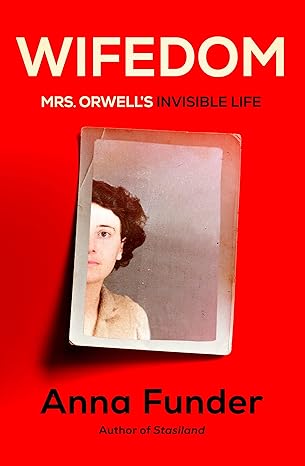
The Aubrey–Maturin series of novels by Patrick O’Brian have been compared to the works of Jane Austen – exhaustively researched plots drawn from the annals of the British Royal Navy and transplanted into Patrick O’Brian’s fictional Master and Commander series, these books are as equally character-driven as they are portrayals of the events of life in the navy during the years of the Napoleonic wars and I urge anyone who fears such books to be too technical or militaristic, to try them. No better example – beyond the two main protagonists Aubrey and Maturin, than the portrait of the eventual wife of Captain Aubrey – Sophie. The life of any sailor’s wife would be hard and full of fear of her husband never returning, long periods of absence, varying financial fortune and many other forms of uncertainty, but in Sophie we have a wife of heroic qualities to match the vicissitudes heaped upon her – a wife who takes charge of Aubrey’s home life every bit as much as he is captain of his ship at sea! The rather battered cover below depicts Sophie’s first appearance in the series of books alongside her future husband…
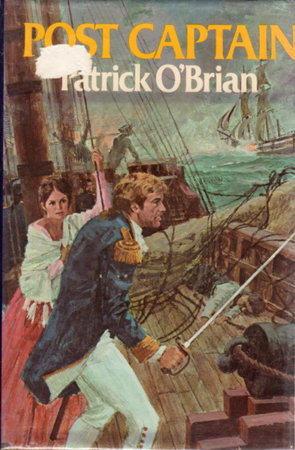
Another wife heaped with vicissitudes along with her husband, is Raynor Winn in her autobiographical account of how she and her husband, having lost their house and business due to a treacherous friend and having simultaneous with their homelessness, receive a diagnosis of her husband’s terminal illness. They decide that with nowhere else to go and nothing to be done, they will spend the summer walking the coastal path from Somerset to Dorset around Devon and Cornwall. No spoilers but their endurance trial brings unexpected rewards and Raynors’s support of her husband is exemplary… Below is the very beautiful cover designed by Angela Harding.
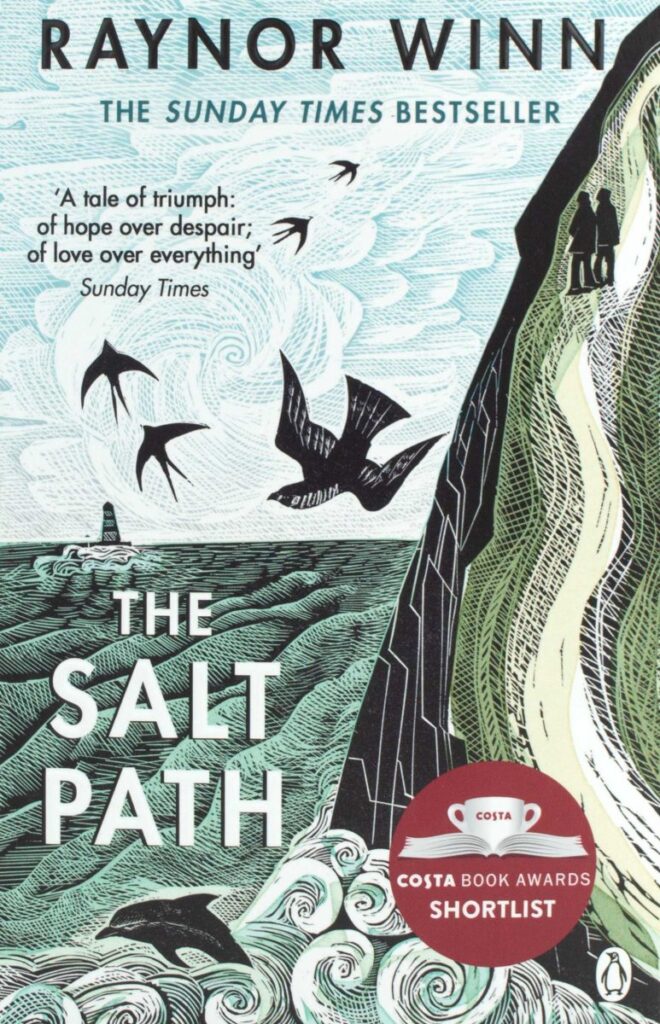
If the three wives portrayed so far have been long-suffering, among other things, Cathy in East of Eden, by John Steinbeck, is the one dishing out the suffering, beginning by running away after burning her parents to death – she is a character of pure evil – described as having a “malformed soul”. Steinbeck regarded East of Eden as his magnum opus even though other books are more famous, Cannery Row (previously covered by me), The Grapes of Wrath and that much studied in school – Of Mice and Men. Despite being made into an iconic film featuring James Dean, I venture to suggest that not so many people have read the epic family saga East of Eden. Indeed the film only deals with part of the story and I wonder if Steinbeck would be disappointed that his magnum opus is not the one that time has accorded that accolade to.
The title East of Eden comes from the fourth chapter of Genesis, verses one through sixteen, which recounts the story of Cain and Abel and the whole book – accused by some of being “moralistic” certainly deals with big themes – good and evil, brotherly rivalry, love and depravity and as always with Steinbeck we are treated to a portrait of the life and times in the Salinas Valley, California. There is a saying about writing that “big themes are dead weights” and whilst this is undoubtedly a weighty novel, it is still a great read from a master, even if not his master work…
The cover below makes as sensational a view as it can of the central drama of two brothers torn apart by the inexplicably evil Cathy.
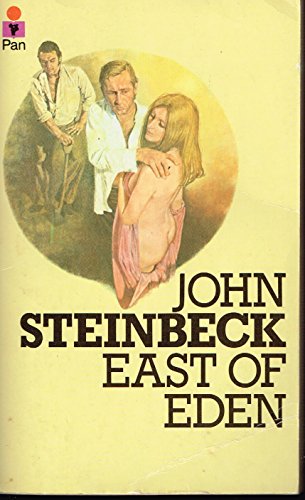
Another painful marriage is depicted in On Chesil Beach by Ian McEwan – an author not renowned for being the most cheerful in his writings, the unfolding of this depiction of a virginal couple on honeymoon in an as yet sexually unliberated 1962, is excruciating in the extreme and yet, such is the quality of the writing – you cannot look away… on Chesil Beach has been turned into a film.

Many of the writers I have covered in my 6 Degrees are writers I read long ago but Nicola Griffiths is a new favourite whose canon I am working through in order, from Ammonite (Lesbian science fiction) to her current amazing historical novels featuring Hild, a powerful woman from Britain’s pre-medieval history. Between these wildly divergent books linked only by their themes of strong women and excellent writing, comes the Aud Torvingen series of which Stay is the second book. Aud is not exactly your typical P.I. as she is a woman of independent wealth but in each of the three books she conducts investigations, willingly or unwillingly and (spoiler alert) – she also falls in love in book one and in book two has to deal with the loss and the grief over her lover. Although Aud does not find the happiness of marriage until book three, Stay is a portrait of a wife thwarted and her response by throwing herself into “a series of physical, moral, and emotional challenges that she has been dodging for weeks, months, and years – none of her choices are easy.” What more can we ask from a book…
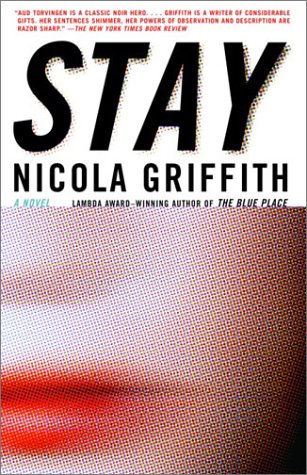
My last link, slightly tenuously back to Wifedom, is The Fourth Hand by John Irving. It is a tale of a wife who is so dedicated to her husband that – well here is what the Penguin blurb says:- While reporting a story from India, a New York television journalist has his left hand eaten by a lion; millions of TV viewers witness the accident. In Boston, a renowned hand surgeon awaits the opportunity to perform the nation’s first hand transplant. A married woman in Wisconsin wants to give the one-handed reporter her husband’s left hand, that is, after her husband dies. But the husband is alive, relatively young, and healthy…
The widow supplies permission for the transplant but then demands visitation rights with the hand – a typical thought experiment of a plot from the masterful John Irving. This is the first of John Irving’s books that I have included in 6 Degeees but once discovered, I devoured his early books such as The World According to Garp and several of his books have been turned into films. I recommend some of his later books too, such as Till I Find You about tattoos and tattoo artists. Irving has repeated elements that crop up in many of his books – bears, hotels, wrestling but however far-fetched some of the things Irving writes about may seem to be, they make you think about life in a clever and enjoyable way – no wonder he occupies half a bookshelf of mine!
The link back to Wifedom – the extraordinary connection between and support/dedication of a wife…
